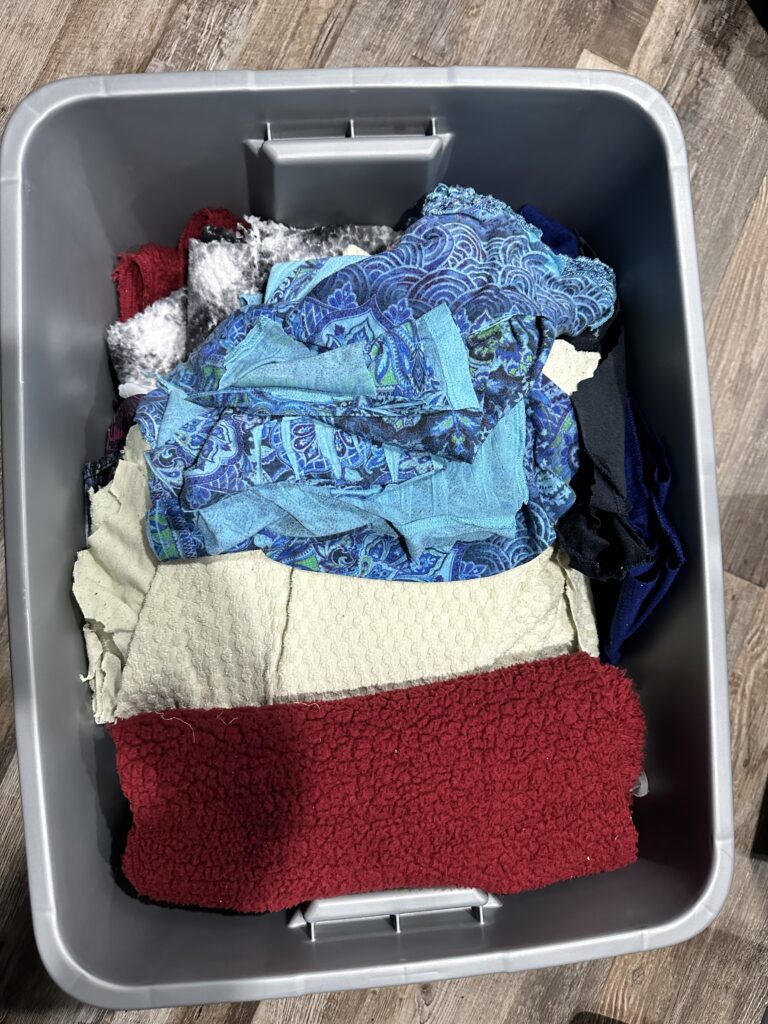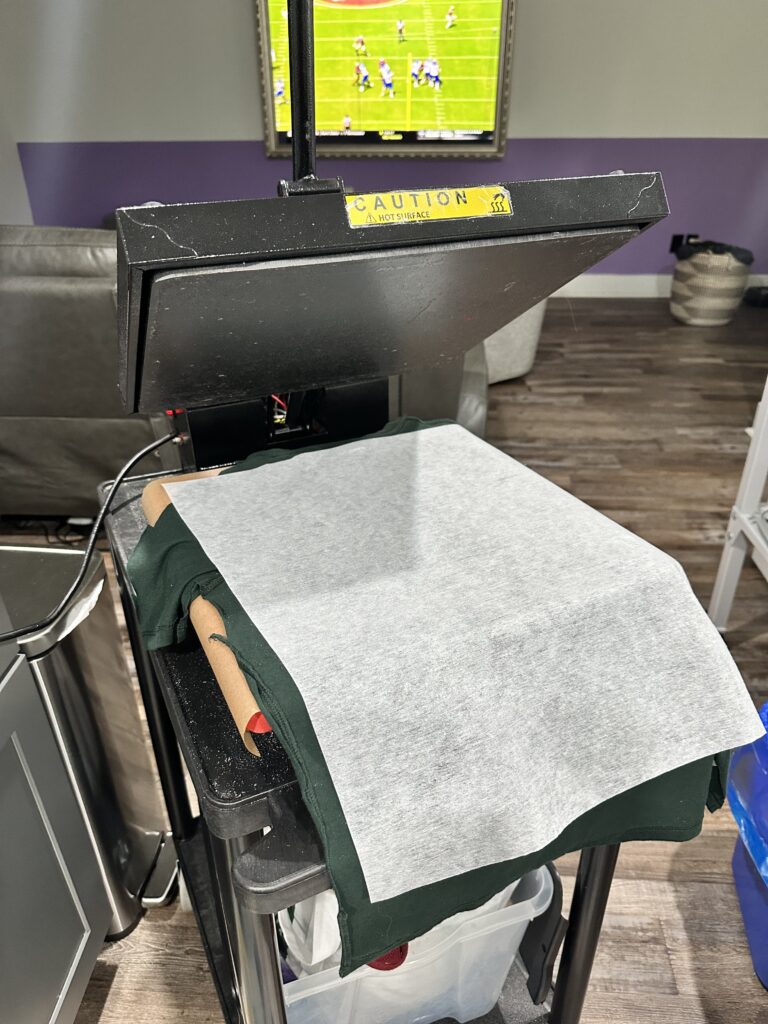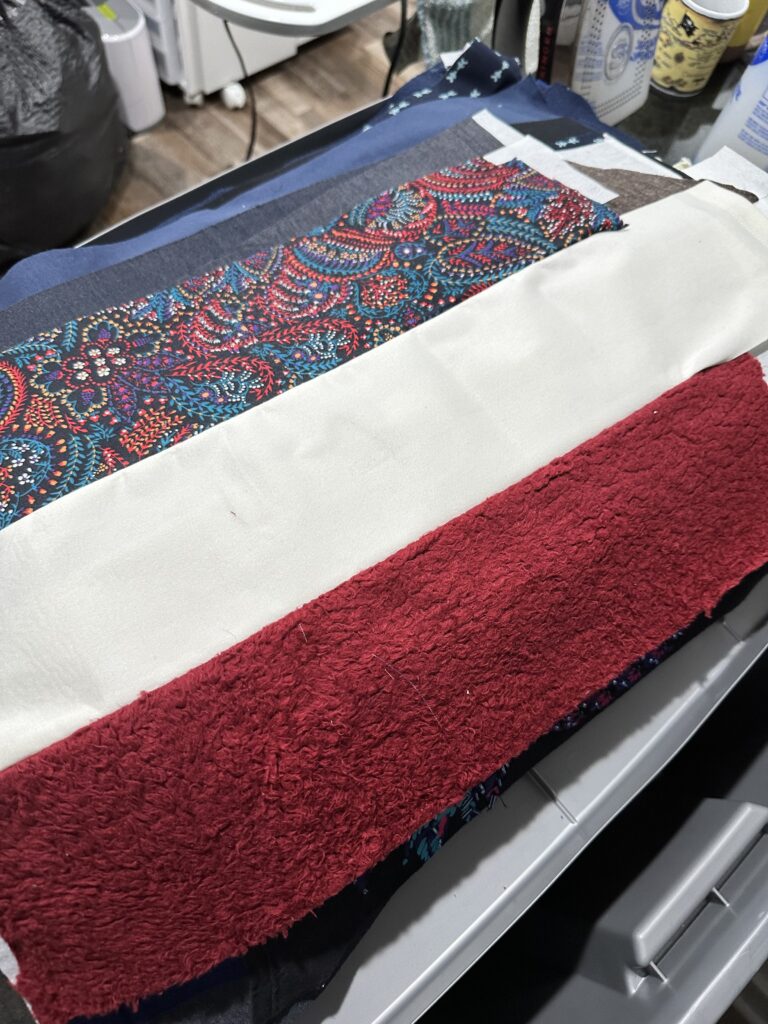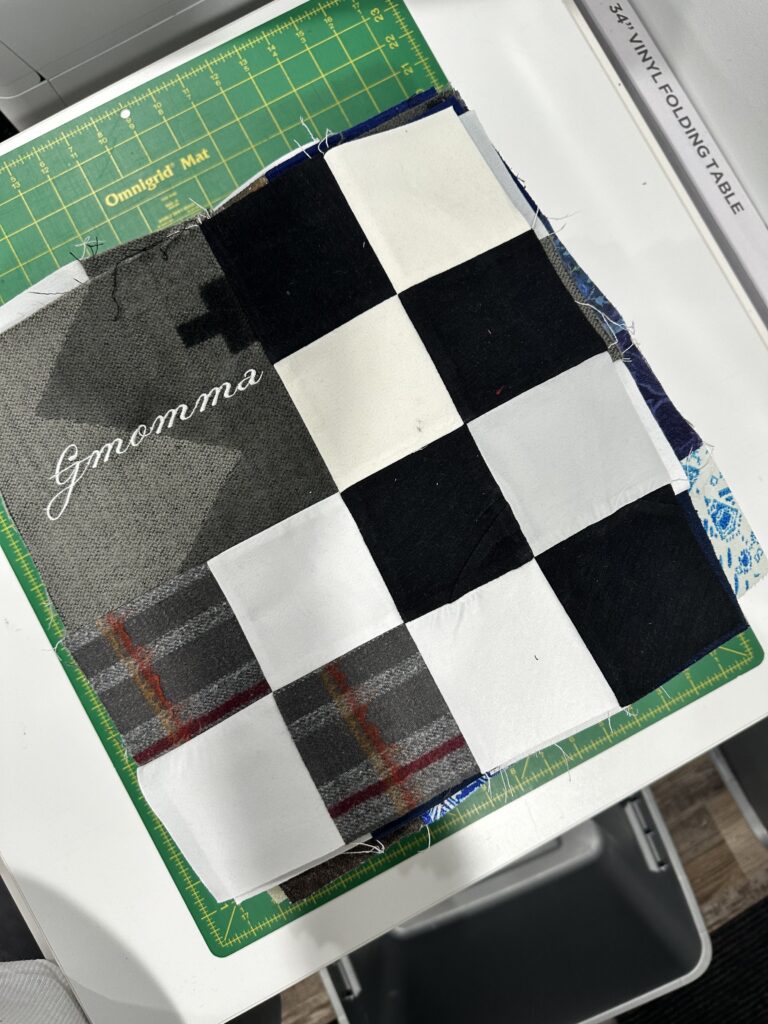Losing a loved one is one of the most challenging experiences we face. In grief, finding ways to keep their memory alive can be a source of comfort and healing. One meaningful way to honor and cherish the memory of someone who has passed is by creating a Memory Quilt. These quilts serve as beautiful, lasting tributes, capturing the essence of a loved one’s life through fabric and design. Each quilt becomes more than just a blanket – it becomes a story, a tangible piece of their legacy that can be passed down for generations.
This guide aims to help you design and create a memorial quilt that honors your loved one. We’ll walk through the process step-by-step, offering compassionate advice on selecting personal items, choosing meaningful designs, and adding finishing touches that reflect your loved one’s spirit.
Step 1: Selecting Personal Items
The heart of a memorial quilt lies in the materials you use. The fabrics you select will hold deep personal significance, often carrying the memories and stories of your loved one. Consider which items best reflect their personality, hobbies, and special moments. Clothing is a popular choice, as each piece can tell a story. For example, favorite t-shirts, dresses, or flannel shirts can add layers of meaning, capturing everything from daily routines to memorable events. T-shirt quilts are especially popular because they preserve the graphics and messages from events, sports teams, or causes that are meaningful to your loved one.
In addition to clothing, you might consider smaller personal items like handkerchiefs, scarves, or aprons. These items are often strongly associated with personal habits or special occasions and can add unique textures and colors to your quilt. Fabrics from bedding, pillowcases, or blankets can also be used, adding an extra layer of familiarity and comfort. For those who were sewers or crafters, unfinished patchwork pieces, embroidered items, or crocheted accents can be integrated into the design, making the quilt a collaborative tribute that bridges the past with the present.

Step 2: Choosing Appropriate Designs
Once you’ve gathered the fabrics, the next step is deciding on a design that best captures your loved one’s spirit. The design of your memorial quilt can be as simple or as intricate as you’d like, depending on your skills and preferences. A classic patchwork design is a versatile and meaningful choice, allowing you to incorporate a variety of fabrics cohesively. Each square becomes a piece of the overall story, creating a collage of memories that brings together different aspects of your loved one’s life.
Consider patterns like the log cabin or rail fence if you’re looking for a design with more symbolism. These designs are known for their structure and stability, symbolizing the steady presence your loved one had in your life. Alternatively, heart or star blocks can add a personal touch, representing love and guidance. These patterns provide warmth and continuity, making them ideal for memorial quilts. Memory window quilts are a beautiful option for a more personal and intimate tribute. These designs use specific “frames” to highlight special fabrics, similar to a photo album with cherished moments.
Step 3: Preparing the Fabrics
After you’ve selected the fabrics and chosen the design, it’s time to prepare the materials for quilting. Begin by washing and ironing the clothing and fabrics to ensure they’re clean and ready for use. This also allows you to check for any wear or tear that might need attention before cutting. When you’re ready to cut the fabric, take your time and cut with care, especially if a piece holds special sentimental value. Consider preserving meaningful details, like keeping the pocket of a favorite shirt or preserving a t-shirt’s graphic.

Some fabrics may be more delicate than others, especially older items or those made of thinner material. In these cases, you may need stabilizers to keep the fabric in shape and prevent it from stretching during quilting. This extra step ensures that your quilt remains durable while maintaining the integrity of the original fabrics.
Step 4: Piecing and Sewing the Quilt
Piecing and sewing the quilt can be a deeply emotional and therapeutic experience. As you arrange the fabric pieces on a flat surface, reflect on the memories they represent and how they fit together to tell a cohesive story. This layout process allows you to see how the colors and patterns interact, giving you the chance to make adjustments before sewing.

Remember that each stitch is a labor of love for sewing. The sewing itself can be meditative, allowing you to focus on positive memories and the love you shared. While this process can be bittersweet, it’s also an opportunity for healing. Take your time, be gentle with yourself, and allow the creative process to bring moments of peace and connection.
Step 5: Adding the Finishing Touches
The final steps of making a memorial quilt are as meaningful as the initial ones. Choose a backing fabric that complements the front of the quilt, perhaps selecting a material that echoes your loved one’s favorite color or pattern. The binding finishes the edges and should tie everything together, providing a neat and polished look. Consider adding a label to the back of the quilt as a special touch. This can include your loved one’s name, important dates, or a short dedication that captures the essence of the quilt’s purpose. Adding this label ensures the quilt’s meaning is clear, making it a lasting keepsake for generations.

Adding appliqué or embellishments can further personalize the quilt. Consider including names, quotes, or meaningful symbols that resonate with your loved one’s life. You can also add embroidered messages or small photo transfers, adding a personal touch that deepens the emotional connection to the quilt.
Memorial Quilts as Lasting Legacies
Creating a memorial quilt is more than just a craft project—it’s a way to honor and celebrate a loved one’s life and legacy. Each piece of fabric tells a story, each stitch holds a memory, and the finished quilt becomes a tangible source of comfort and connection. Whether making the quilt for yourself or as a gift for a family member, embrace the process as a journey of love and remembrance. Creating can lead to healing, turning grief into something beautiful, comforting, and enduring.
If you’re ready to create a memorial quilt and need guidance or support, please don’t hesitate to reach out. I’d be honored to help you bring your memories to life through a quilt that’s not only meaningful but also deeply personal.

